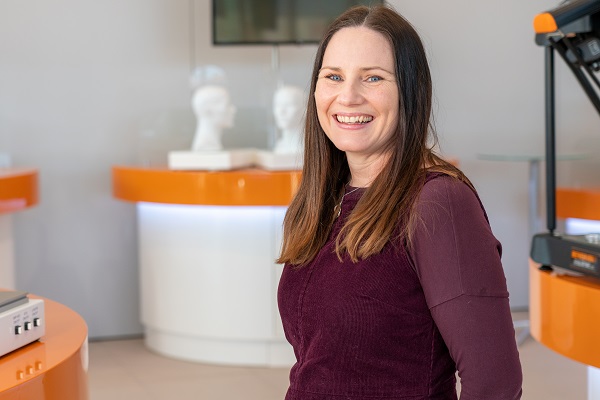STANFORD, Calif., April 20, 2022 — Stephen Streiffer, deputy laboratory director for science and technology at Argonne National Laboratory, has been named Stanford University’s new vice president for SLAC National Accelerator Laboratory. Streiffer previously served as Argonne’s associate laboratory director for photon sciences and director of the Advanced Photon Source. He has held several leadership positions in Argonne’s Center for Nanoscale Materials.

Stephen Streiffer. Courtesy of Stanford University.
GLOUCESTERSHIRE, England — Renishaw appointed Louise Callanan director of additive manufacturing. Callanan most recently served as operations manager to Renishaw CEO Will Lee and has held various positions within the company.

Louise Callanan. Courtesy of Renishaw.
LAKE MARY, Fla. — FARO Technologies, a developer of 4D digital reality solutions, appointed Jeff Sexton vice president of global sales. Sexton will take over from Kevin Beadle, who is retiring. Sexton joined the company approximately two years ago and has led the company’s Americas sales organizations. He previously held executive roles at Cypress Semiconductor, QuickLogic, and National Semiconductor.
DUBLIN, Calif. — AEye, a developer of adaptive high-performance lidar solutions, appointed Andreas Prinz technical sales director for AEye in Europe, in tandem with the opening of its office in Munich. Prinz has more than 20 years of experience in automotive software, most recently as director of customer programs for TTTech Auto. He held director roles at Magna Electronics and Harman, as well as engineering roles at Continental Automotive Systems and Motorola.